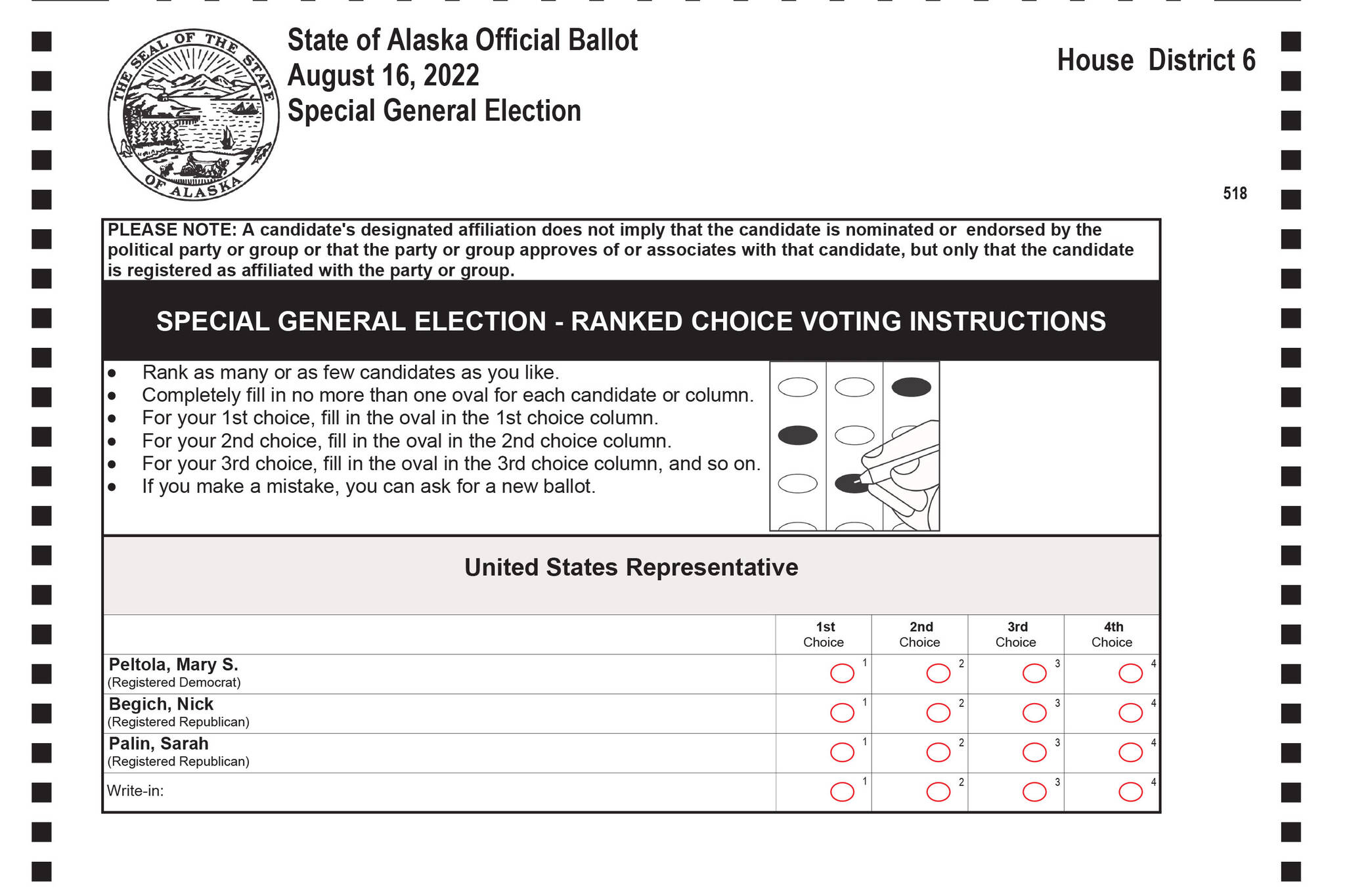By Mike Navarre
Here in Alaska, many things differentiate us from the Lower 48.
The sheer geographic scale of our state, for one thing, as well as the harsh environmental conditions and diverse peoples and industries, set us apart. There’s also our sense of self-sufficiency, the strength of our communities, and a deep sense of who we are and what we value.
In 2020, Alaskans pioneered a new direction in civic engagement and implemented a system of voting that better fits those differences. Alaska’s new election system was put to the test last month — and so far, it’s proven to serve both Alaskans and our interests well.
The final four candidates projected to advance to the special general election better represented the swath of Alaskan political views than our previous primary system ever could. The final group of candidates made up of two Republicans, one Democrat, and one independent, mirrored the wider political alignments of Alaskans across the state.
Even with the withdrawal of Al Gross, the independent candidate, the remaining candidates offer distinct choices.
The three advancing finalists come from communities across the state: from Anchorage, Mat-Su and Bethel. They each bring different levels of experience from diverse sectors, from the state Legislature and governor’s office to fisheries and the private sector.
To be sure, the final three candidates represent a breadth of experience and diversity that Alaskans haven’t seen in decades.
Alaskans are no stranger to charting new paths, which is exactly what this election represents. Though our new election system made its debut months earlier than expected, as a result of the passing of Congressman Don Young, we turned out in droves to vote.
Turnout was 27.55% — higher than the previous three regular primary elections, which is especially notable since special elections, such as this one, are notoriously low-turnout.
The new system’s goal is to make this election cycle transparent, secure and easy for all Alaskans to vote.
Come Aug. 16, we’ll have our regular “pick one primary” and the special ranked choice voting general election for our single seat in the U.S. House of Representatives on the same ballot. Alaskans will have the opportunity to rank candidates in their order of preference and elect someone with majority support to fill the late Congressman Young’s seat through January.
In November, during the general election, Alaskans will use ranked choice voting for all races up and down the ballot, from governor to U.S. senator, congressional representative, and state legislators.
I supported this election reform because Alaskans deserve an election system that represents our differences; one that celebrates the diversity of thought, geography, industry, and political persuasion, and where our elected officials are accountable to the voters, rather than political parties and party bosses.
It’s clear that this new system that Alaskans voted to implement two years ago is a positive change that Alaskans should embrace.
Mike Navarre is a former Kenai Peninsula Borough mayor who has served as a representative in the Alaska Legislature.

